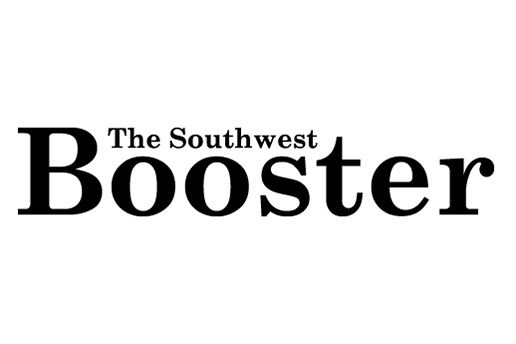The Petroleum Services Association of Canada has issued a new forecast calling for a busier year of drilling activity.
PSAC’s latest update to their 2017 Canadian Drilling Activity Forecast is anticipating 6,680 wells will be drilled this coming year, and increase of 2,505 wells from their previous forecast and a full 60 per cent increase from their original projection of 4,175 wells in November 2016.
“Never under-estimate the tenacity or efficiency of the Canadian oilfield services sector,” PSAC President and CEO Mark Salkeld stated when revealing the latest drilling forecast totals. “The drilling seasons of 2015 and 2016 were difficult to say the very least and the sector is still making adjustments to manage costs and meet growing expectations of their customers, but with some degree of confidence in $50 oil and the dramatic lowering of costs by the service sector, we are seeing increased activity levels.”
Saskatchewan’s forecast improved to a new total of 2,670 wells, a 730 well improvement from the 1,940 wells in PSAC’s original forecast.
This new forecast is in alignment with Saskatchewan’s heightened drilling activity for the first three months of 2017, with 858 wells already drilled. The 2017 calendar year total has already doubled the first three month total of 399 recorded at the start of 2016.
“After an extended period of cost management and reductions, this industry is showing us once again the kind of resiliency and efficiency that makes it one of our most dynamic economic sectors and a major contributor to Saskatchewan’s economic growth,” Energy and Resources Minister Dustin Duncan stated in a press release. “This announcement is a clear sign of renewed operations in Saskatchewan, in part because of our province’s stable and competitive operating environment.”
A bigger jump is forecast for neighbouring Alberta, with PSAC now estimating 3,320 wells will be drilled in Alberta, up from 1,900 wells in the their initial forecast. Drilling totals in British Columbia are now forecast at 449 wells, up from an initial estimate of 280. Manitoba’s forecast went up to 221 wells, a slight increase from a quiet initial forecast of only 50 wells.
“The producers are recognizing that the cost reductions delivered by the service sector over the last three years are not sustainable, especially now that there are indications of an uptick in industry,” Salkeld stated. “The leading edge innovation, safety and efficiencies for drilling and completing oil and gas wells in Canada come from modern certified equipment and highly trained workers which are difficult to deliver with razor thin margins. Rate increases for oilfield services are being realized slowly which will help this sector get back to work delivering the best in class services our customers, the producers, need and rely on.”
“Two pressures on our sector remain in that Canada desperately needs pipelines actually built to move oil to tidewater, and secondly, Canada needs LNG train approvals. We are among the best in the world at getting oil and gas out of the ground for domestic use across Canada and so it also makes sense to provide our responsibly developed Canadian oil and gas to parts of the world that want and need oil and natural gas. The days of relying on one customer purchasing our oil and gas at a discount must end. The sooner we expand our customer base the better off Canada and all of its citizens will be,” says Salkeld.
“The oilfield services sector has proven once again that they are resilient in tough times, because they have to be in order to compete and survive. We have seen some member companies fail, but we have seen others grow, consolidate and expand. There are certainly fewer oilfield service companies today than there were just few short years ago but those that remain are the leaders that will continue to succeed in this sector going forward.”





